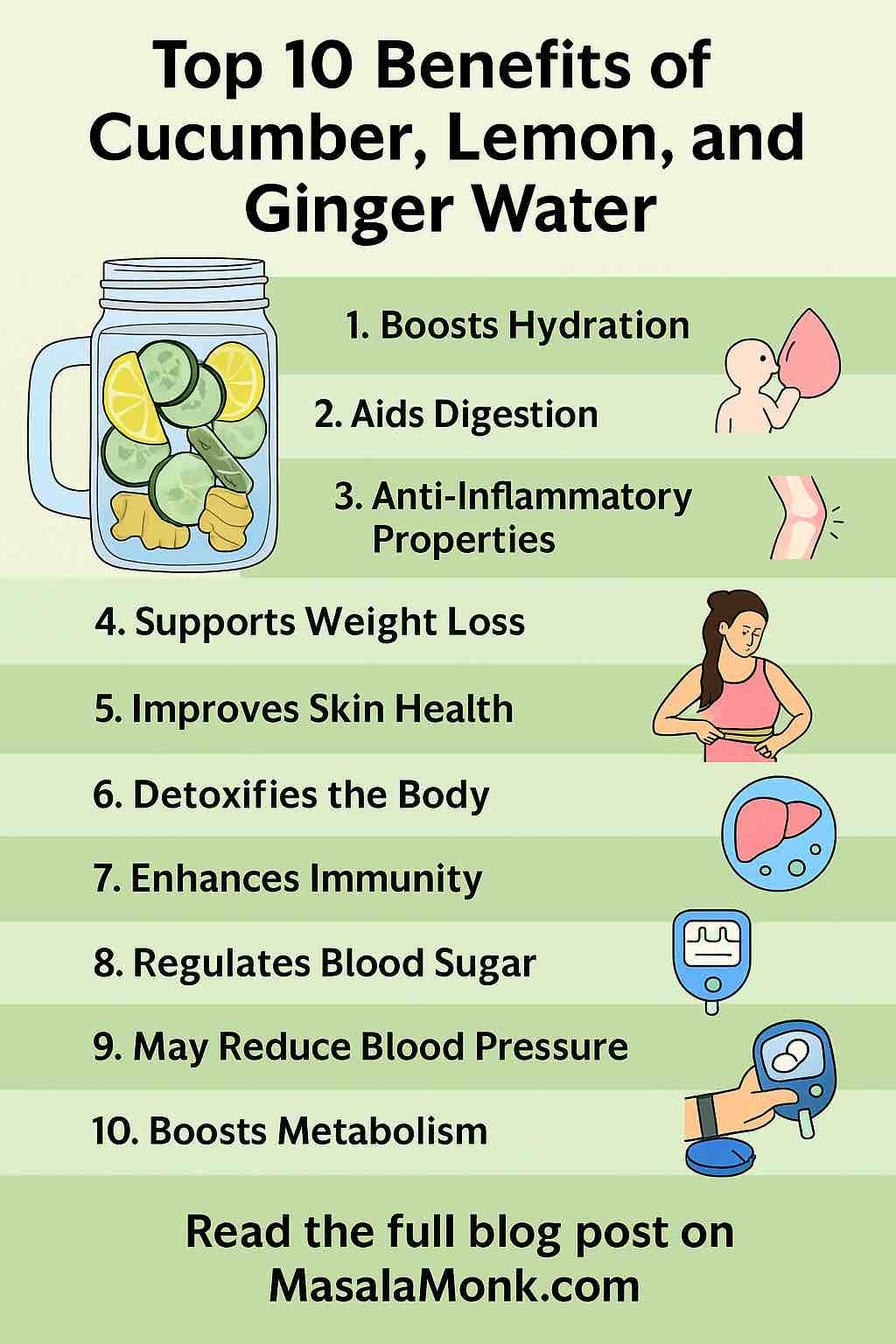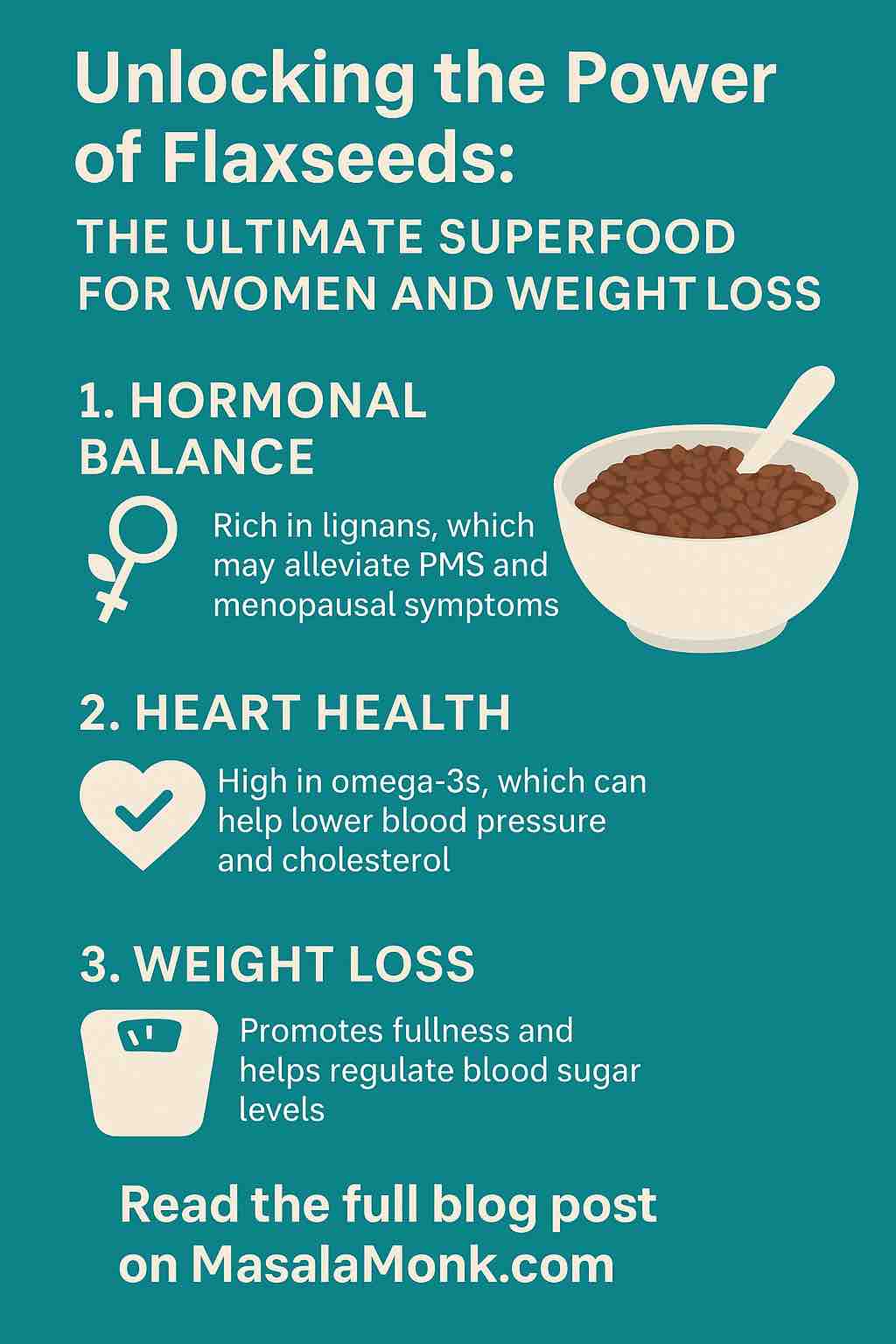
In the world of health and wellness, simple yet effective solutions are often the most powerful. One such remedy that has gained immense popularity is cucumber, lemon, and ginger water. This hydrating and refreshing detox drink isn’t just trendy—it’s rooted in both traditional healing practices and supported by modern nutritional science. Whether you’re trying to start your day on a healthier note, replace sugary drinks, or simply boost your overall wellness, this three-ingredient infusion might be exactly what your body needs.
Packed with essential vitamins, antioxidants, and anti-inflammatory compounds, cucumber, lemon, and ginger together form a synergy that can benefit your body in remarkable ways. In this blog post, we dive deep into the top 10 science-backed benefits of this powerful combination. We’ll also explore how to make it, when to drink it, its potential side effects, and why adding this simple tonic to your daily routine could be a game-changer.
What is Cucumber, Lemon, and Ginger Water?
Cucumber, lemon, and ginger water is an infused beverage made by soaking fresh cucumber slices, lemon wedges, and ginger root in water. Optionally, mint leaves or a dash of honey may be added for extra flavor and enhanced health benefits. The drink is low in calories but rich in hydration and micronutrients. Unlike juice or smoothies, this water infusion doesn’t contain added sugars or heavy caloric loads, making it an excellent option for daily consumption.
This drink is often referred to as a “detox water,” but its benefits go far beyond detoxification. Let’s explore how each ingredient contributes:
- Cucumber: High in water content, rich in silica and antioxidants.
- Lemon: Loaded with vitamin C, potassium, and citric acid.
- Ginger: Contains bioactive compounds like gingerol, which has powerful medicinal properties.
Top 10 Benefits of Cucumber, Lemon, and Ginger Water
- Boosts Hydration
Staying hydrated is crucial for every bodily function—from brain function to digestion to skin health. The refreshing taste of cucumber, lemon, and ginger water makes it easier to consume more water throughout the day. Cucumbers themselves are over 95% water and contribute directly to hydration. Lemons add a citrusy zing that excites the palate, while ginger gives it a warming depth. Combined, they transform plain water into a delicious, health-boosting beverage you’ll actually want to sip on all day long. - Aids Digestion and Relieves Bloating
Ginger is renowned for its digestive benefits. It stimulates saliva and digestive enzymes, which help break down food efficiently. Lemon juice encourages bile production, assisting in the emulsification and digestion of fats. Cucumber has natural cooling properties and soothes the gastrointestinal tract. Together, these ingredients can help alleviate bloating, indigestion, and even symptoms of acid reflux for some people. Drinking this water before meals can prime your digestive system and enhance nutrient absorption. - Supports Natural Weight Loss
If you’re trying to shed a few pounds, cucumber, lemon, and ginger water can be your ally. It acts as a natural appetite suppressant, especially when consumed before meals. Ginger increases feelings of satiety and can stimulate metabolism through thermogenesis (heat production). Lemon helps regulate insulin and blood sugar levels, reducing fat storage. Replacing high-calorie beverages with this drink also cuts your daily caloric intake significantly—an often overlooked but effective weight-loss strategy. - Flushes Out Toxins and Cleanses the Body
Detoxification is a key promise of this drink, and for good reason. Lemon acts as a gentle diuretic, helping the kidneys filter out waste more efficiently. Ginger supports liver function, the primary detox organ in the body. Cucumber’s high water content aids in flushing out accumulated toxins and waste, helping maintain a clean and efficient lymphatic system. The antioxidants in these ingredients also help neutralize harmful free radicals, reducing oxidative stress. - Reduces Inflammation and Joint Pain
Chronic inflammation is at the root of many health conditions, from arthritis to heart disease. Gingerol, the active component in ginger, is a potent anti-inflammatory agent. It works at the cellular level to suppress pro-inflammatory signals. Cucumber contains flavonoids and tannins that inhibit the release of pro-inflammatory compounds. Drinking this infusion regularly may help reduce joint pain, muscle soreness, and even inflammation associated with conditions like osteoarthritis. - Enhances Skin Clarity and Glow
Want radiant, glowing skin without expensive creams? Start from within. Hydration is essential for skin elasticity and clarity. Lemon provides vitamin C, crucial for collagen production and skin repair. Cucumber contains silica and antioxidants that help reduce puffiness and irritation. Ginger combats skin-aging oxidative stress. The result? Clearer, more youthful-looking skin that feels as good as it looks. - Strengthens Immunity
With its high vitamin C content, lemon plays a vital role in strengthening the immune system. Ginger has natural antimicrobial and antiviral properties that can help your body fend off colds, flu, and other infections. Cucumber’s anti-inflammatory properties also support overall immune resilience. Drinking this infusion regularly gives your immune system a gentle but effective daily boost. - Balances pH and Alkalizes the Body
While lemons are acidic in taste, they have an alkalizing effect on the body once metabolized. A balanced pH helps maintain energy levels, reduce acid reflux, and improve overall vitality. Ginger and cucumber also support internal balance. An alkaline internal environment is associated with better bone health, reduced inflammation, and improved cellular function. - Naturally Freshens Breath
Bad breath often results from poor digestion and bacterial growth in the mouth. Lemon and ginger have antibacterial properties that reduce oral bacteria. Cucumber adds hydration, helping maintain saliva flow, which is essential for washing away food particles and bacteria. Drinking this water between meals can naturally keep your breath fresh without chewing gum or mints. - Stabilizes Blood Sugar Levels
Ginger has been shown in studies to enhance insulin sensitivity and lower fasting blood glucose levels. Lemon’s soluble fiber (especially when you include some pulp) slows the absorption of sugar into the bloodstream. Hydration from cucumber helps cells use glucose more effectively. Altogether, this drink can be a great addition to a diabetic or prediabetic diet when used alongside medical guidance.
How to Make Cucumber, Lemon, and Ginger Water
Ingredients:
- 1/2 cucumber, thinly sliced
- 1 lemon, thinly sliced
- 1-inch piece of fresh ginger root, peeled and thinly sliced
- 4 cups filtered water
- Optional: a few fresh mint leaves, 1 tsp honey, or a pinch of turmeric
Instructions:
- Add all ingredients to a large glass pitcher or jar.
- Lightly muddle the cucumber and ginger with a spoon to release their juices.
- Pour in the water and stir gently.
- Cover and refrigerate for at least 4 hours or overnight.
- Strain before drinking if desired. Refill with water once or twice before replacing ingredients.
Pro Tip: Use organic produce and slice ingredients thinly to maximize nutrient infusion.
When is the Best Time to Drink It?
- Morning (empty stomach): Kickstarts digestion, flushes out toxins, and energizes your body.
- Before Meals: Controls appetite and improves digestion.
- Post-Workout: Rehydrates and replenishes electrolytes naturally.
- Midday Slump: Refreshes and re-energizes without caffeine.
- Evening: Helps with digestion and detox while you sleep (note: avoid late intake if prone to nighttime bathroom trips).
Potential Side Effects and Precautions
While cucumber, lemon, and ginger water is generally safe, it’s good to be aware of a few considerations:
- Acid Reflux or GERD: Lemon and ginger can aggravate symptoms in some individuals.
- Blood Thinners: Ginger may interact with medications like warfarin. Consult your doctor if you’re on medication.
- Allergic Reactions: Rare but possible, especially with ginger or citrus.
- Tooth Enamel: Lemon is acidic and may erode tooth enamel over time. Use a straw or rinse your mouth afterward.
- Overconsumption: Excessive intake might cause mild gastrointestinal issues or mineral imbalances—moderation is key.
Conclusion
Cucumber, lemon, and ginger water is more than just a refreshing drink—it’s a vibrant wellness tonic that brings together hydration, healing, and flavor. From improving digestion and immunity to enhancing skin health and supporting weight loss, the benefits of this simple infusion are broad and impactful.
What makes this drink especially appealing is its versatility and ease. No fancy ingredients, no complicated prep. Just pure, nourishing elements working together to boost your health.
So why not try it for a week? Replace your usual beverages, stay consistent, and observe how your body responds. Better hydration, clearer skin, less bloating—you might just discover your new favorite ritual.
Cheers to your health—one sip at a time!
Share this article with a friend or family member who could use a simple health boost, and let us know your favorite ingredient combo in the comments below!
FAQs
1. Can I drink cucumber, lemon, and ginger water every day?
Yes, you can drink it daily as part of a healthy routine. It’s low in calories, hydrating, and offers a wide range of benefits. Just be mindful of portion sizes and any personal sensitivities (like acid reflux or allergies).
2. How long should I infuse the ingredients before drinking?
For best results, infuse for at least 4 hours in the refrigerator, or overnight. This allows the flavors and nutrients to properly steep into the water.
3. Can I reuse the same ingredients for a second batch of water?
Yes, you can typically refill the pitcher 1–2 more times within 24 hours. However, the flavor and potency will decrease with each refill.
4. Is it safe to drink this water on an empty stomach?
Yes, drinking it in the morning on an empty stomach can help stimulate digestion, flush out toxins, and hydrate your system for the day ahead.
5. Can I make a large batch and store it for the week?
It’s best to prepare fresh batches every 1–2 days. After 48 hours, the ingredients may lose potency, and the water may start to ferment slightly, especially if left at room temperature.
6. Are there any risks associated with drinking this water?
While generally safe, people with acid reflux, citrus allergies, or those on blood thinners should consult a doctor. Also, overconsumption could cause mild digestive discomfort.
7. Will this drink help me lose belly fat?
It can support weight loss when combined with a balanced diet and regular exercise, mainly by improving digestion, reducing bloating, and curbing appetite. It’s not a miracle fat burner but can contribute positively.
8. Can I add other ingredients like mint or honey?
Absolutely. Mint adds a cooling element, and a small amount of honey can enhance taste and offer antimicrobial benefits. Just avoid over-sweetening it if weight loss is a goal.
9. Is this drink suitable for kids?
Yes, in moderation. Make sure it’s not too strong (especially the ginger), and avoid honey for children under one year old. Always check for food sensitivities first.
10. Can I drink it hot instead of cold?
Yes, you can steep the ingredients in hot (not boiling) water to make a warm infusion, especially during colder months. Just note that prolonged heat may reduce the vitamin C content from lemon.













